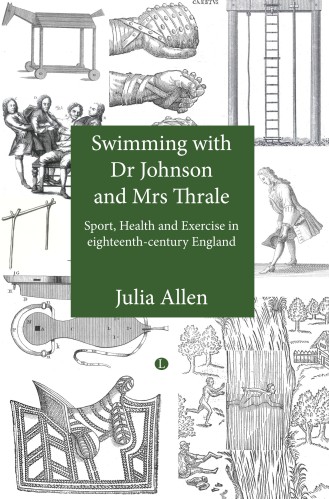By Emily Jones
For the English Scholars, dictionary-hoarders and language-enthusiasts amongst you, you might recognise that 1755 was rather an exciting year for the English language, with Samuel Johnson’s key influence in standardising the written word as we know it today.
The Dictionary of the English Language took over eight years to arrange, listing over 40,000 words. Not only was this a lengthy publication, but the dictionary was produced in meticulous detail, with illustrative descriptions and examples following each word.
Whilst famed for making lasting contributions to English Literature as a poet, essayist, moralist, literary critic, biographer and editor, as a Lexicographer Dr Johnson was the first Englishman to use literary citations as part of his dictionary. With over 114,000 in total, his quotations date back to the 1500s- often referencing ‘the greats’such as Milton and Shakespeare- Johnson’s formatting shaped the way in which future dictionaries have been formed.
The dictionary was a complex scholarly achievement, gaining more research and a larger dedication than any of its predecessors, such as the French Dictionnarre.
Of course, Dr Samuel Johnson retains a reputation for high academic achievement, but have you ever considered him within any other context? Like Johnson, author Julia Allen possess the multi-fasceted role of teacher, librarian, translator, lexicographer and copy-editor and, in 2009, curated the Cambridge University Library exhibition jointly commemorating the University’s 800th anniversary and the 300th anniversary of Dr Johnson’s birth.

In her book Swimming with Dr Johnson and Mrs Thrale, Allen takes a sideways look at sport, health and exercise in the eighteenth century, and in so doing reveals unfamiliar sides of the eponymous characters she uses as guides and commentators. Samuel Johnson does battle with the rough breakers at Brighton as energetically as he did with any of his verbal opponents; and Hester Thrale – herself ‘a good waterspaniel’– provides wry observations, notably on what men decided women might decently be allowed to do in that foreign country that is the past.
Julia Allen starts with the medical theories underpinning notions about exercise, the role of the physician and the surgeon, the conditions in which exercise was taken, its place in child-rearing and education, and its efficacy as a remedy for depression. Chapters on the various sports and forms of exercise associated with Johnson and Mrs Thrale follow, from boxing and swimming to dancing and coach travel, including biographies of the star performers, and eye-witness accounts of the events they took part in. This book offers a wealth of research for anyone interested in peering into some of the obscurer recesses of eighteenth-century life.
The work has received glowing reviews, such as with Kate Chisholm from The Times Literary Supplement:
“… probably just the sort of book that Johnson would have employed in his compilation of the Dictionary. … Inspired by her knowledge of lexicography and a desire to rescue Johnson from caricature as a ‘stout, elderly-looking man in a wig’, Allen reproduces a collection of curious gobbets to illustrate the physical activities enjoyed by Johnson and his contemporaries.”
For more reviews, author information and where to collect your copy, click below:
http://www.lutterworth.com/product_info.php/products_id/1778?osCsid=693c5d31457e894f6e6e510c436bea7e
